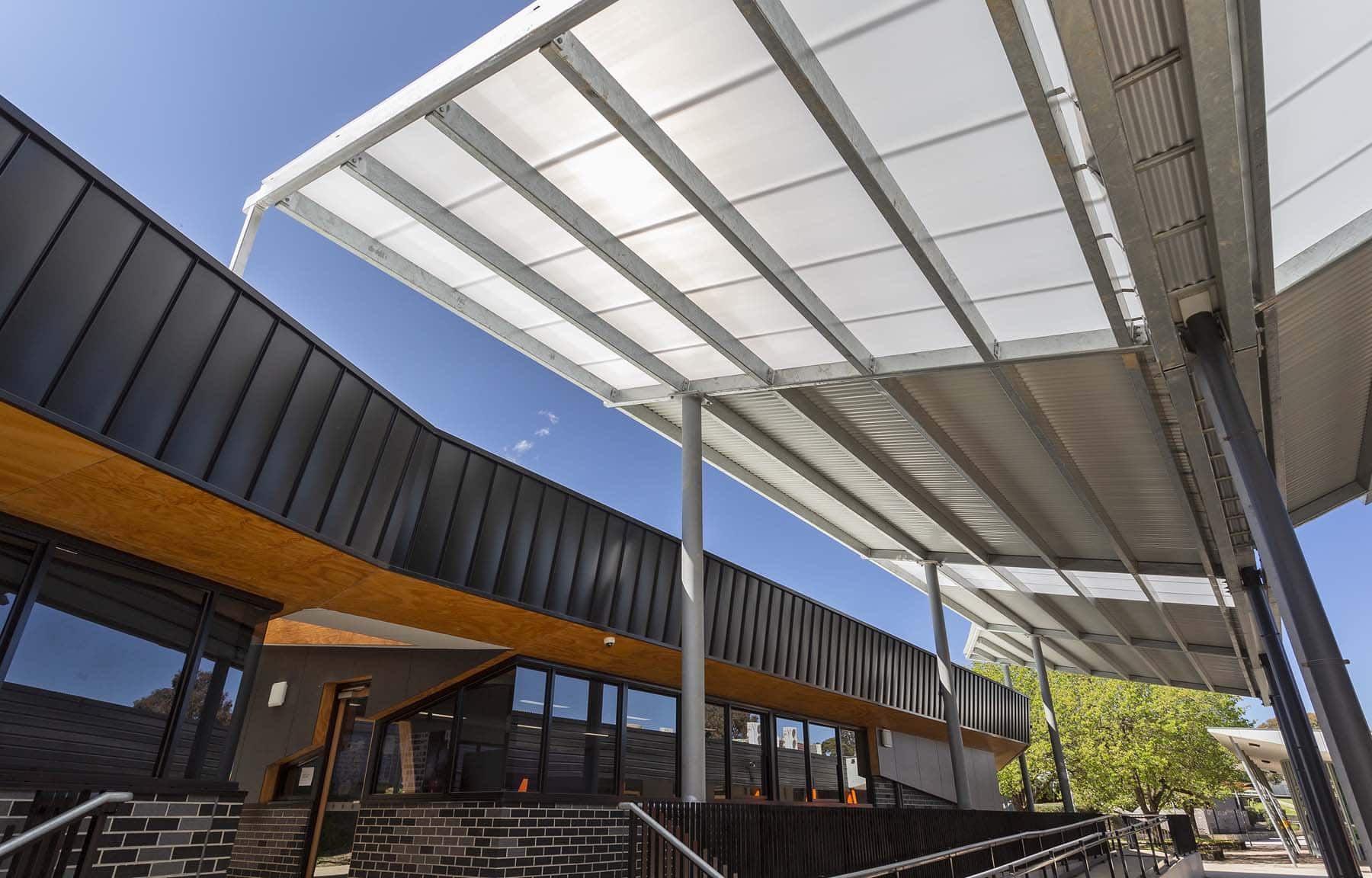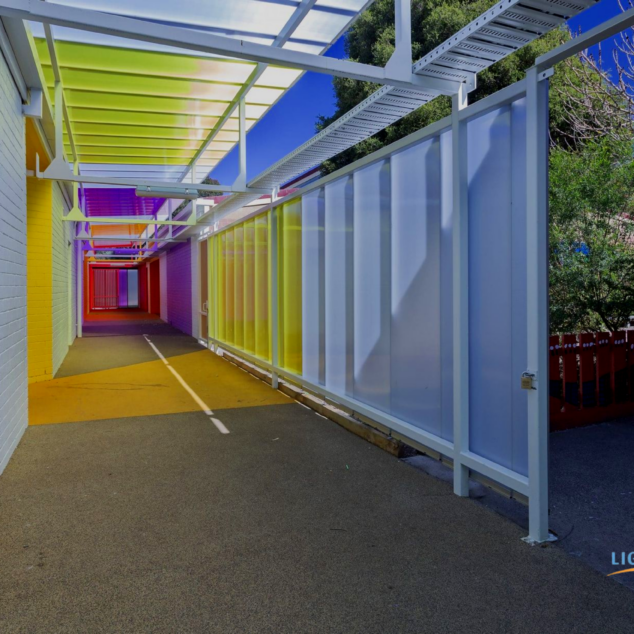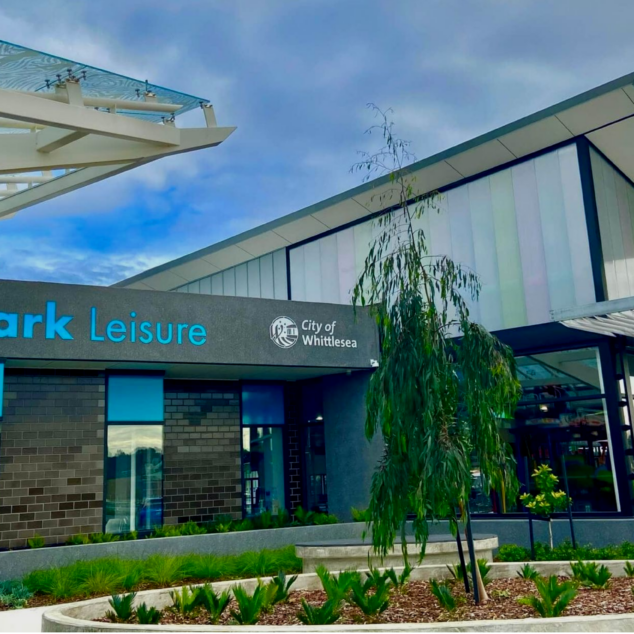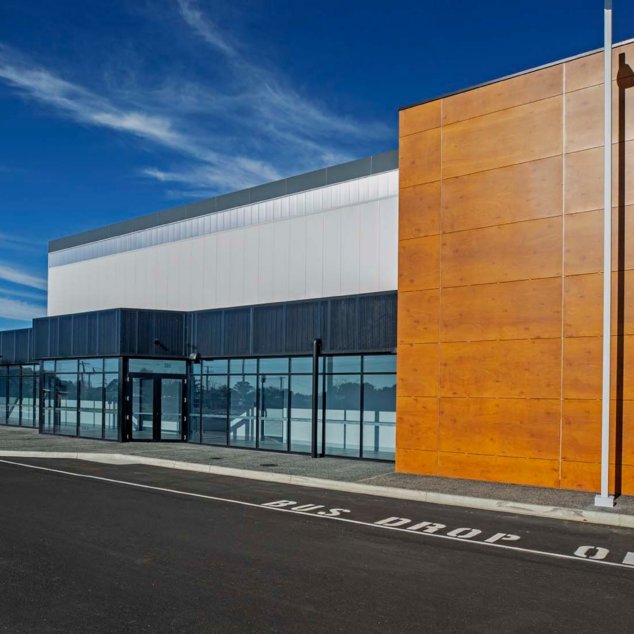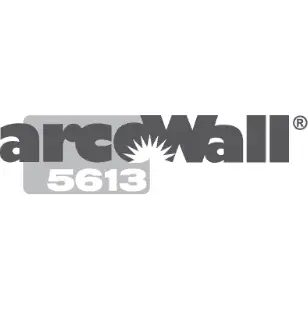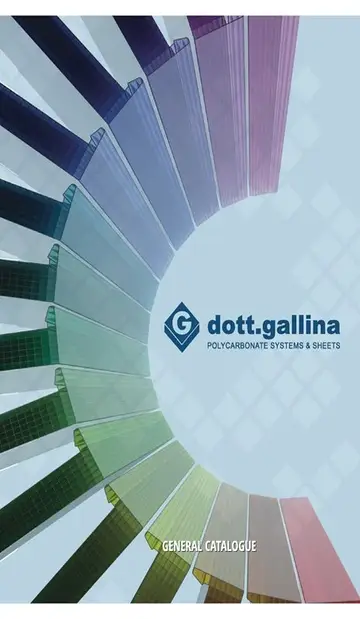POLYCARBONATE FACADE CLADDING AND ROOF SYSTEM
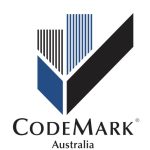
OUR PROJECTS
OUR PRODUCTS

Arcoplus 9207
Dott.Gallina Arcoplus 9207 is 20mm Polycarbonate Roofing System with 7 walls, suitable for skylight, pergola roofing, cladding and facade.

Arcoplus 549
Modular system of co-extruded 9 walls polycarbonate panels with a thickness of 40mm. It mainly used for architectural polycarbonate facade and cladding system.
Their high-quality polycarbonate panels transformed our building’s appearance while providing excellent durability and insulation. The team’s professionalism and exceptional customer service made the process smooth and enjoyable. I highly recommend them for anyone looking to enhance their facade!

Gabby
Director Box Hill NorthFrom start to finish, Sue and Adam at Light & Space have been excellent in the way they have designed and installed. We have a special event coming up and they ensured it was completed on time. Highly recommend this company!

Emmanuel
Lawyer MacleodOUR NUMBERS
Jobs Done
Projects Completed
Projects In Progress
Frequently Ask Questions
What types of polycarbonate products does Gallina offer?
Gallina provides a range of polycarbonate products including polycarbonate
roofing and polycarbonate facades systems, polycarbonate cladding, Skylight
roofing, interior division. Featured products: ArcoPlus 684, ArcoPlus9207,
ArcoPlus 549, ArcoWall 5613.
What are the main applications for Gallina polycarbonate products?
We supply an extensive range of products for use in the construction of
translucent roofing and translucent walls, skylights.
What are the key benefits of using polycarbonate products from Gallina?
Gallina polycarbonate products offer several benefits, including high impact
resistance, excellent thermal insulation, UV protection, and light transmission, They
are also lightweight and easy to handle and install.
Can I customize the polycarbonate products to fit specific dimensions or requirements?
Yes, we offer customization options for our polycarbonate products. Please contact
our sales team with your specifications, and we’ll assist you with custom solutions.
How do I choose the right polycarbonate product for my project?
To choose the right product, consider factors such as the application environment, required durability, light transmission, and thermal insulation. Our technical support team can help you select the best product for your needs.
What is the maximum span allowed for installing polycarbonate sheets from Dott Gallina?
The maximum span for installing polycarbonate sheets from Dott Gallina typically
ranges 1.2 m between beams and 0,8m in the last batter, depending on the
thickness and type of the sheets. For instance, thicker sheets can generally span
longer distances without additional support.
What is the minimum roof pitch for Gallina products?
All Gallina polycarbonate roof systems are intended to be installed in a
minimum 5% slope.
Can you bend polycarbonate roofing?
Yes, polycarbonate roofing can be bent to a certain degree. It is flexible and can be
curved or shaped during installation. However, the radius of the bend must be within the manufacturer’s specifications to avoid damage or structural issues.
Can you stand over polycarbonate roofing?
While polycarbonate roofing is strong, it is not recommended to stand on it unless
the panels are specifically designed to support foot traffic. Always use proper
scaffolding or supports to avoid damaging the panels.
Does polycarbonate block UV rays?
All the products from Gallina are co-extruded to ensure protection against
exposure ultraviolet radiation, extending their life and delaying the natural ageing
of the material.
UV Protection Levels: Standard polycarbonate sheets can block up to 99% of
UV radiation, particularly UVB rays, which are primarily responsible for sunburn
and skin damage. UVA rays, which penetrate deeper into the skin and contribute
to aging, are also significantly reduced.
Transmission Data: For instance, Gallina’s polycarbonate sheets, like their G-
UV line, are specifically engineered to provide high UV protection. Testing has
shown that these sheets can achieve a UV transmission value of less than 1%,
meaning that 99% or more of harmful UV rays are blocked.
Applications: The ability to block UV rays makes polycarbonate an excellent
choice for applications such as greenhouses, skylights, and outdoor structures
where UV protection is crucial.
How do you stop leaking in polycarbonate roofing?
To stop leaking, check for gaps, improper sealing, or damaged panels. Ensure that
all joints and seams are properly sealed with compatible sealants and that fasteners are correctly installed. For persistent issues, consult with a professional installer or contact our customer support for guidance.
Can Gallina multiwall polycarbonate panels be used for radius applications?
Yes, Gallina multiwall polycarbonate panels can be used for radius
applications. Their flexibility allows them to be installed in curved or arched
configurations. Ensure that you follow the manufacturer’s guidelines for the minimum radius and installation procedures to achieve optimal results.
What is a façade on a building?
A facade refers to the exterior face or surface of a building, often designed to be
visually appealing and representative of the architectural style. It plays a crucial role
in defining the character and aesthetic of a structure. In the context of enclosing
spaces like a pool, a facade can provide both functionality and beauty, often serving
to protect the area from the elements while enhancing the overall design.
Common Materials Used in Facades:
- Glass: Provides transparency and can create a modern look. It allows natural
lit while offering a view of the surroundings. - Wood: Adds warmth and natural beauty but requires more maintenance. It
can be used in slatted designs for a stylish effect. - Metal: Durable and versatile, metals like aluminium or steel can be used in various finishes. They offer a contemporary look and can be combined with other materials.
- Stone or Brick: Offers a timeless and sturdy appearance, suitable for more traditional styles.
- Composite Materials: Often used for their durability and low maintenance, these can mimic the appearance of natural materials while being weather-resistant.
Polycarbonate as a Trend:
Polycarbonate is becoming increasingly popular translucent facades due to its
unique properties:
- Lightweight and Strong: Polycarbonate is significantly lighter than glass
while maintaining high impact resistance. - UV Protection: It blocks harmful UV rays, helping to protect both users and
surfaces. - Thermal Insulation: Polycarbonate can help regulate temperature, keeping
the inside warmer or cooler depending on the season. - Versatile Design: It comes in various thicknesses and colours.
- Transparency: While offering some privacy, polycarbonate still allows plenty
of light, creating a bright and inviting atmosphere.
How does polycarbonate enhance façade insulation?
Polycarbonate enhances facade insulation through several key properties, primarily
its thermal insulation capabilities. According to Dott. Gallina, polycarbonate panels
can significantly reduce heat loss, making them an efficient choice for building
facades, especially in climates with varying temperatures.
U-Value: Dott. Gallina emphasizes the importance of U-value, which measures heat transfer. Polycarbonate panels can achieve U-values as low as 1.2 W/m²K, making them suitable for energy-efficient building designs.
Energy Efficiency: The use of polycarbonate can lead to reduced energy
consumption for heating and cooling. Studies indicate that buildings utilizing
polycarbonate facades can see a decrease in energy costs by as much as 25%
compared to those using traditional materials.
Performance in Varied Climates: Polycarbonate facades have been tested in both cold and hot climates, showing excellent performance in maintaining indoor
temperatures and minimizing energy expenditure across seasons.
By combining these properties, polycarbonate serves as an effective insulation
solution for facades, contributing to both energy efficiency and overall building
comfort.
What is a translucent façade?
A translucent façade polycarbonate is a type of building material made from
polycarbonate resin that allows light to pass through while providing privacy and
shielding against the elements.
A key feature of polycarbonate is its transparency. The use of natural lighting,
achieved by installing translucent polycarbonate roofing and walls, creates a more
comfortable ambience while also ensuring good thermal insulation. Polycarbonate
can be suitably tinted to modulate light transmission, optimise shading and thusn reduce overheating inside the building. Coloured pigments are used to achieve
pleasant colour effects to satisfy the most demanding aesthetic and architectural
elements.
How do you install polycarbonate roofing?
To install polycarbonate roofing using Gallina product, follow these steps:
- Preparation:
- Materials Needed: Gather your polycarbonate sheets, supporting structure (such as purlins or rafters), screws, sealing tape, and tools (saw, drill, measuring tape, etc.).
- Safety Gear: Wear safety goggles and gloves.
- Measure and Cut:
- Measure the Area: Determine the dimensions of the roof and cut the polycarbonate sheets to size using a fine-toothed saw. Ensure a slight overhang if needed.
- Install Supporting Structure:
- Install Purlins/Rafters: Make sure the supporting structure is installed securely and spaced according to the polycarbonate specifications, typically every 24 to 36 inches, depending on the sheet thickness.
- Seal the Edges:
- Apply Sealing Tape: Use a protective sealing tape on the upper edges of the purlins to prevent water infiltration.
- Position the Sheets:
- Place Polycarbonate Sheets: Lay the polycarbonate sheets onto the supporting structure. Ensure the sheets are aligned properly and maintain the recommended orientation with the UV-protected side facing out
- Secure the Sheets:
- Fasten with Screws: Use appropriate screws with washers designed for polycarbonate to attach the sheets. Avoid over-tightening, which can cause cracking.
- Connect Sheets:
- Overlap or Join: If multiple sheets are used, ensure proper overlap as per manufacturer guidelines. Use compatible connectors if necessary.
- Finishing Touches:
- Trim Excess: If needed, trim any excess material carefully.
- Inspect for Gaps: Check all edges and joints for any gaps and apply additional sealing tape as required.
- Clean Up:
- Remove Debris: Clean the installation area and ensure there are no loose materials around the roofing.
- Final Inspection:
- Check Stability: Ensure the roofing is securely fastened and inspect for any signs of instability.
Following these steps will help ensure a successful installation of polycarbonate roofing, maximizing its benefits in terms of durability and insulation. Always refer to Gallina’s specific installation guidelines for detailed recommendations tailored to their products.
Light transmission UV Protection Light Transmission Infra-Red Energy

U.V Protection
All products in polycarbonate by Dott. Gallina S.r.l are UV Protected and block out the harmful ultra-violet radiation.
Light transmission:
The PoliCarb IR sheets and modular arcoPlus IR panels transmit a higher quantity of light.
Infra Red Energy
The policarb IR sheets and modular arcoPlus IR panels transmit to the inside less infra-red energy.
How should Gallina products be cleaned?
Gallina polycarbonate products should be cleaned with a mild soap solution and a soft cloth or sponge. Avoid using abrasive cleaners or solvents that can scratch or damage the surface.
Quality and Durability
- What warranties are offered on Gallina polycarbonate products?
All the products in the IR have a written guarantee of 10 year against the reduction of the properties of light transmission, yellowing and breakage caused by hail.
- How can I request technical support for my polycarbonate project?
You can request technical support. Our experts are available to provide guidance and answer any technical questions you may have.
OUR ARTICLES
Policarb® Multi-wall Polycarbonate Sheets and arcoPlus® Multi-wall Polycarbonate Modular Panels is now ICC-ES evaluated.
Policarb® Multi-wall Polycarbonate Sheets and arcoPlus® Multi-wall Polycarbonate Modular Panels manufactured by Gallina received an evaluation report ESR-1760 from ICC Evaluation Service (ICC-ES), providing evidence that the Policarb® Multi-wall Polycarbonate Sheets and arcoPlus® Multi-wall Polycarbonate [...]


